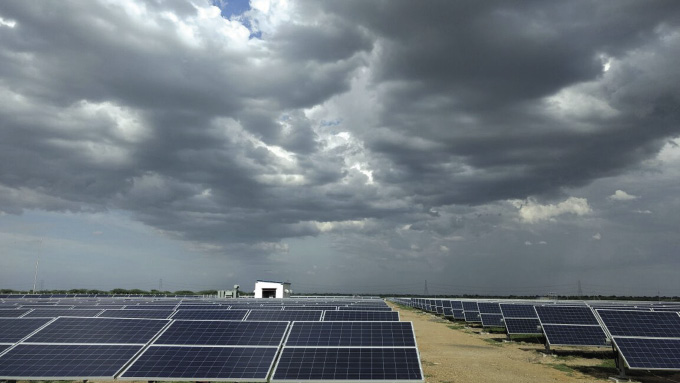Scientists need to put more effort and resources into developing deep-learning forecasting models that consider the morphology of PV panels, a group of academics led by the University of Cambridge said in a new paper.
Their work consists of a comprehensive review of advances achieved in the field of solar forecasting based on computer vision with deep learning. Computer vision is a special branch of artificial intelligence that helps computers to interpret and understand the world using digital images from cameras and videos. The deep-learning models and tools used with this approach are able to identify and classify objects.
“Integrating the solar panel spatial configuration and local shadowing effects caused by vegetation, buildings or terrain variation, has the potential to ameliorate the accuracy of solar forecasts,” the researchers explained. “This information could be inferred from irradiance measurements, object detection from sky images or high-resolution remote sensing observations, LiDAR data, and other in situ 3D mapping measurements.”
Another way to enhance deep-learning solar forecasting models recommended by the article is the introduction of the laws of physics. This could help with predictions of streamlines, which are paths that floating clouds trace in the atmosphere.
“Machine learning methods based on computer vision are capable of visualizing streamlines in satellite images and ground-based sky images but in a suboptimal manner,” the researchers said. “In this context, a physics-informed deep learning method has the potential to optimally visualize fluid mechanics field lines.”
The paper also suggests that the limited generalization skills of current deep-learning models are a strong limitation to their widespread implementation. However, the academics said this could be resolved by building models on many open-source data sets throughout the world.
The research group encourages future work to use a standard benchmark data set, as that will help to compare different models.
“Although there are studies benchmarking certain types of solar forecasting models based on a single dataset, there are currently very limited studies cross-comparing different types of solar forecasting models, i.e., deep learning-based models, machine learning-based models, timeseries models, and physics deterministic models on standardized datasets,” they said.
The researchers presented their findings in “Advances in solar forecasting: Computer vision with deep learning,” which was recently published in Advances in Applied Energy. The group includes scientists from the European Space Agency, ENGIE Lab, University of California Santa Barbara, Stanford University, Idaho National Laboratory, Open Climate Fix, the US National Renewable Energy Laboratory (NREL), Réseau de Transport d’Électricité, the World Energy and Meteorology Council, and University College Dublin.
The research group concluded by calling for better coordination between commercial forecast developers and grid operators.
“This is a significant barrier that can, however, be overcome by putting effort into understanding the needs and processes of the user (i.e., grid operators) on the one side and developing the products with the users on the other side,” they said. “Further, grid operators might need to upgrade their skills via dedicated training to gain the required knowledge to understand and use recent computer vision-based forecasting models.”
This content is protected by copyright and may not be reused. If you want to cooperate with us and would like to reuse some of our content, please contact: editors@pv-magazine.com.



2 comments
By submitting this form you agree to pv magazine using your data for the purposes of publishing your comment.
Your personal data will only be disclosed or otherwise transmitted to third parties for the purposes of spam filtering or if this is necessary for technical maintenance of the website. Any other transfer to third parties will not take place unless this is justified on the basis of applicable data protection regulations or if pv magazine is legally obliged to do so.
You may revoke this consent at any time with effect for the future, in which case your personal data will be deleted immediately. Otherwise, your data will be deleted if pv magazine has processed your request or the purpose of data storage is fulfilled.
Further information on data privacy can be found in our Data Protection Policy.